Google’s search algorithm has long been a cornerstone of how we find information online. Over the years, it has evolved from a simple keyword-matching system into an incredibly sophisticated machine that understands context, intent, and even emotions. By 2025, this evolution will have reached new heights, transforming the way we interact with search engines and reshaping digital marketing strategies worldwide. So, how exactly does Google’s search algorithm work today, and what can we expect in the coming years?
The Foundation: Core Components of Google’s Search Algorithm
At its core, Google’s search algorithm is designed to deliver the most relevant results to users in the shortest possible time. To achieve this, it relies on three primary components: crawling, indexing, and ranking.
Crawling involves sending bots called spiders across the web to discover new content. These bots follow links between pages, collecting data about each site they visit. Once collected, the information is sent back to Google’s servers for processing.
Indexing is where all the gathered data gets organized into a vast database. Think of it as creating an extensive library catalog where every book (webpage) has its own entry. This step ensures that when someone types something into the search bar, Google knows exactly which pages might contain the answer.
Ranking refers to determining the order in which websites appear after a query. It considers hundreds—if not thousands—of factors such as keywords, user behavior patterns, mobile-friendliness, security protocols, loading speed, and more. Each factor plays a role in deciding whether a page deserves top billing.
Evolution Through Time: From Keywords to Context
When Google first launched in 1998, its algorithm primarily focused on matching queries directly with specific words found within webpages. However, over time, advancements in technology allowed for greater complexity. In 2013, Panda updates introduced semantic understanding by analyzing synonyms and related concepts rather than just exact matches.
Fast forward to 2025, and we’re witnessing another major shift towards AI-driven natural language processing (NLP). With tools like BERT (Bidirectional Encoder Representations from Transformers), Google can now interpret nuances in human speech better than ever before. For instance, phrases like “Can I borrow your pen?” versus “Where can I get a pen?” may look similar but carry entirely different meanings depending on context. Thanks to NLP, Google understands these distinctions and provides appropriate responses accordingly.
Moreover, advances in machine learning enable continuous improvement without requiring manual intervention. As billions of searches occur daily, algorithms learn from user interactions—clicks, scrolls, time spent on site—to refine future predictions further.
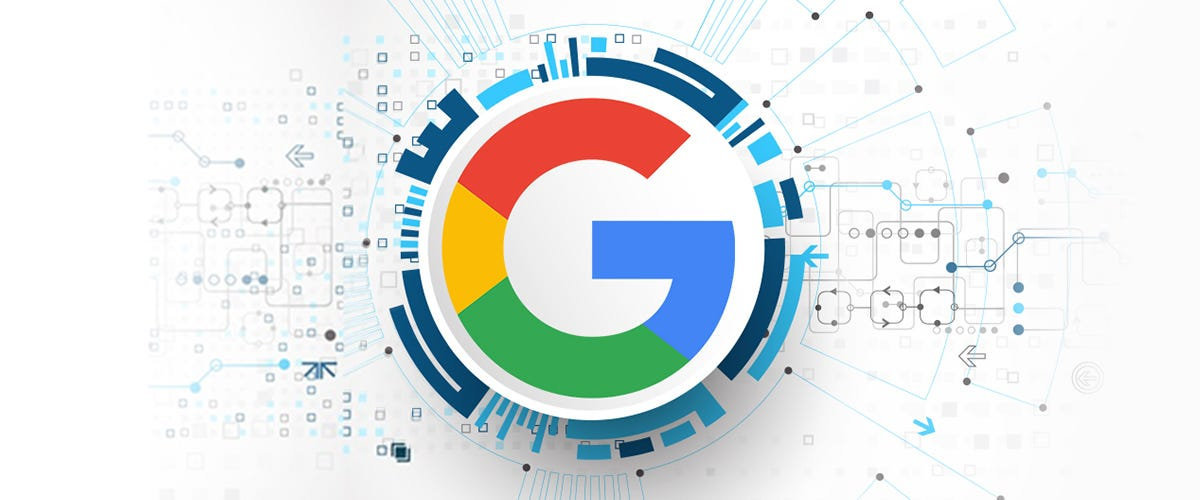
Personalization: Tailoring Results Just For You
One area where Google excels is personalization. Instead of showing everyone the same set of results for identical queries, the platform adjusts outputs based on individual preferences and past activities. Factors influencing personalization include location, device type, search history, social connections, and even weather conditions!
For example, if you frequently check hiking trails near your home town, subsequent searches related to outdoor activities might prioritize local guides or reviews. Similarly, businesses targeting regional audiences need to ensure their online presence reflects those geographical nuances.
Personalization also extends beyond text-based searches. Voice assistants like Google Assistant leverage audio inputs combined with visual cues to offer seamless experiences across multiple devices. Imagine asking your phone about nearby restaurants while walking down the street; within seconds, you receive tailored suggestions complete with ratings, photos, opening hours, etc.
Security & Trustworthiness: Building Credible Content
In recent years, Google has placed increasing emphasis on ensuring high standards of trustworthiness among indexed sites. This includes verifying SSL certificates for secure connections, penalizing low-quality content farms, promoting authoritative sources, and combating misinformation campaigns.
To combat fake news or misleading claims, Google employs fact-checkers who collaborate with third-party organizations specializing in journalism integrity. Additionally, transparency reports disclose removal requests received from governments around the world, fostering accountability.
Furthermore, mobile-first indexing means websites optimized for smartphones take precedence over desktop versions during rankings. Since most users access the internet via portable gadgets nowadays, prioritizing responsive design becomes crucial for maintaining visibility.
Looking Ahead: Anticipating Future Developments
As we peer into 2025, several trends suggest exciting possibilities for Google’s continued growth:
- Multimodal Searches : Combining text, voice, images, videos, and augmented reality elements into holistic queries opens up endless opportunities for immersive discovery experiences.
- Zero-Click Answers : Simplified answers delivered directly above organic listings reduce friction for casual browsers seeking quick solutions.
- AI-Powered Insights : Enhanced analytics capabilities empower marketers to gain deeper insights into consumer behaviors and preferences.
- Global Accessibility Improvements : Efforts toward bridging language barriers through advanced translation services enhance inclusivity for non-native speakers.
- Ethical Considerations : Balancing innovation with ethical concerns remains paramount as society grapples with issues surrounding surveillance capitalism, privacy rights, and algorithmic bias.
Google’s search algorithm stands as one of humanity’s greatest technological achievements—a testament to relentless curiosity and collaborative ingenuity. From humble beginnings rooted in keyword density calculations, it has grown into a dynamic ecosystem capable of interpreting complex queries with remarkable accuracy. By embracing cutting-edge technologies such as artificial intelligence, natural language processing, and personalized feedback loops, Google continues pushing boundaries in delivering unparalleled value to both end-users and advertisers alike.
While predicting precisely what lies ahead proves challenging, certain themes emerge: seamless integration across platforms, enhanced security measures, expanded accessibility options, and heightened awareness regarding ethical implications. One thing remains clear though: whoever masters the art of aligning their brand messaging with evolving algorithmic priorities stands poised to reap immense rewards amidst an ever-changing digital landscape.

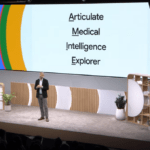
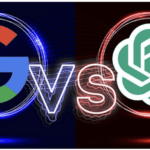




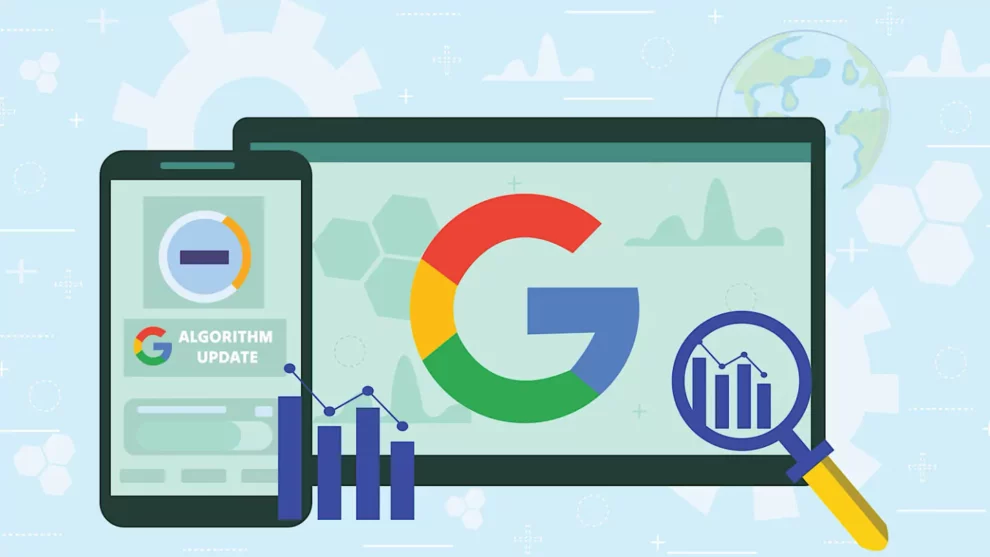
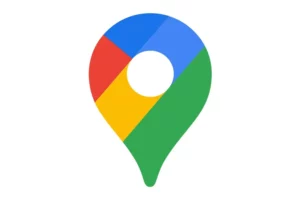
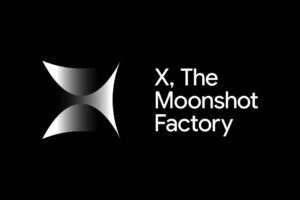






Add Comment